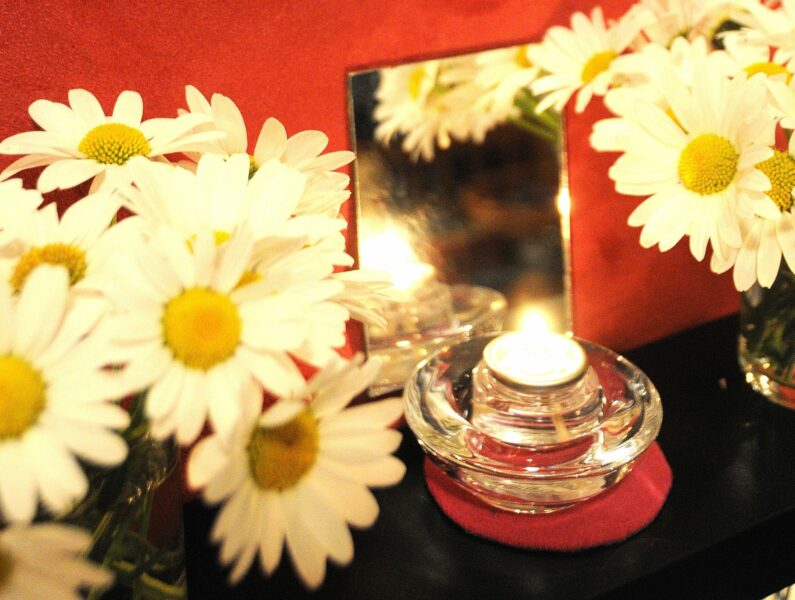
I did a bedside ceremony for a client who died in a residential hospice. His whole family was there, and it was a beautiful healing experience.
There was so much to the ritual, but the thing that sticks with me is how important it is to bring loving structure to a situation in which the family feels totally unmoored. They knew the death was coming, but that didn’t prevent the shock and confusion they felt. The structure of a ritual can help them rebuild some of their foundation when it has been pulled out from under them.
Even the simplicity of an ordered participation can help stabilize things. When they washed his hands and face with warm water and lavender, when they spoke their goodbyes, and when they anointed his forehead with rose oil, I had them do it in a specific order. First his wife, then his adult children -oldest to youngest- then childrens’ mates in the same order. By the time we had been around the circle three times in this foundational order (spread over the duration of the whole ritual), you could feel the tiniest beginnings of order starting to come back into the field.
I find that most people I work with don’t know how to explain their spiritual belief system. This man had said to me with great intensity, in reference to what he called “traditional” (ie religious Christian) funerals. “I’m not traditional. I don’t know what I am, but I’m definitely not traditional!” I interpret that to mean he knows this is a soul journey, but he hasn’t found a spiritual map of that journey that speaks to him.
I offer a map, inspired by wisdom traditions, indigenous practices, new science and more. If it resonates for the family, then I guide them through the journey using rituals that follow that map. I’m constantly evaluating to deliver it in a way that fits their world and language, but it’s basically the same map.
